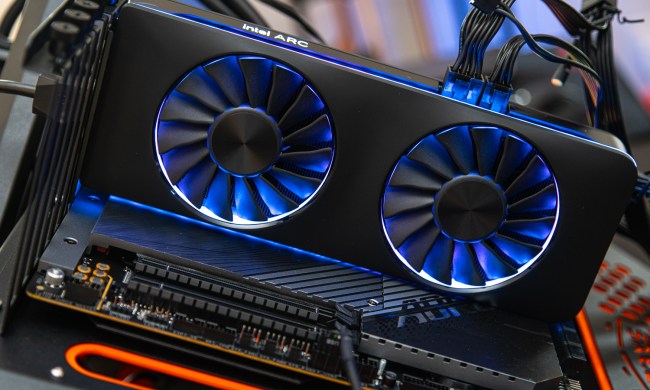The discrete graphics card market is starting to feel a little stale, with no new releases in months. However, GPU shipments are doing better than anyone could have ever expected. According to a new report from analyst firm Jon Peddie Research (JPR), add-in board (AIB) GPU shipments increased by a massive 47.9% year-to-year. Where are these gains coming from? Let’s find out.
First, let’s talk about the numbers, and they’re truly encouraging. Total GPU shipments rose from 8.7 million in the first quarter of 2024 up to 9.5 million units in the second quarter, marking a 9.4% increase. This defies the usual trend by a solid margin, as the 10-year average stands at -7.1%.

Such an increase goes against seasonality. Typically, the first two quarters of the year see a drop in GPU shipments, but this year is different. It’s hard not to attribute at least some of this to the release of Nvidia’s RTX 40 Super at the beginning of 2024. However, the first half of 2023 also saw the launch of new GPUs, such as the RTX 4070. Let’s also not forget the fact that both AMD and Nvidia dropped new GPUs in late 2022, so those shipments and sales likely showed up in data for the first and second quarters of 2023. Still, we’re seeing impressive gains this year.

Breaking this down by manufacturer is less surprising than that nearly 50% year-to-year increase in overall shipments. Nvidia remains king at 88% market share, with a 61.9% increase in shipments from last year and a 9.7% improvement compared to the previous quarter. Meanwhile, AMD sports much more modest gains of 3% year-to-year and a comparable 9% quarter-to-quarter.
Things look bleak for Intel, and that’s no surprise. While the data for the second quarter of 2023 gives Intel a measly 2% market share in the discrete GPU market thanks to Arc Alchemist, this year’s data puts Intel at 0%. We’re unlikely to see any changes there until Intel launches Battlemage, which might happen late this year or early next year — but nothing’s been confirmed so far, so this is just speculation.
The GPU market continues to surprise. With the rise in laptop gaming and integrated graphics getting better by the year, a dip in shipments at the beginning of the year wouldn’t have been a shock. Nvidia’s RTX 40 Super definitely contributed to these great stats, but can it really account for a 48% increase? We want to be hopeful and say that this could be indicative of a larger upward trend, as Dr. Jon Peddie said: “With one little dip in the first quarter (seasonally normal), we’ve seen four quarters of growth.” On the other hand, overall shipments are down compared to two years ago; it’s also important to remember that shipments don’t equal sales.
We’re still waiting for news about GPUs from AMD, Intel, and Nvidia, so once all of those are finally here, we can expect the GPU market to do well over the next couple of quarters.





